When it comes to foot health, the right shoe can make all the difference. Custom made shoes for problem feet offer tailored solutions for individuals facing various foot issues such as plantar fasciitis, bunions, flat feet, and more. This comprehensive guide will explore the world of custom made footwear, breaking down the benefits, the various methods and technologies available, and local experiences within the USA.
Understanding Foot Problems and Their Causes
Before diving into the solutions, it’s important to understand the types of foot problems that may necessitate custom shoes. Here are some of the most prevalent foot conditions:
1. Plantar Fasciitis
Plantar fasciitis is characterized by pain in the heel and bottom of the foot, stemming from inflammation of the plantar fascia. It is often caused by excessive walking or standing.
2. Bunions
Bunions manifest as bony bumps on the side of the foot at the base of the big toe, often resulting in discomfort and difficulty in finding suitable footwear.
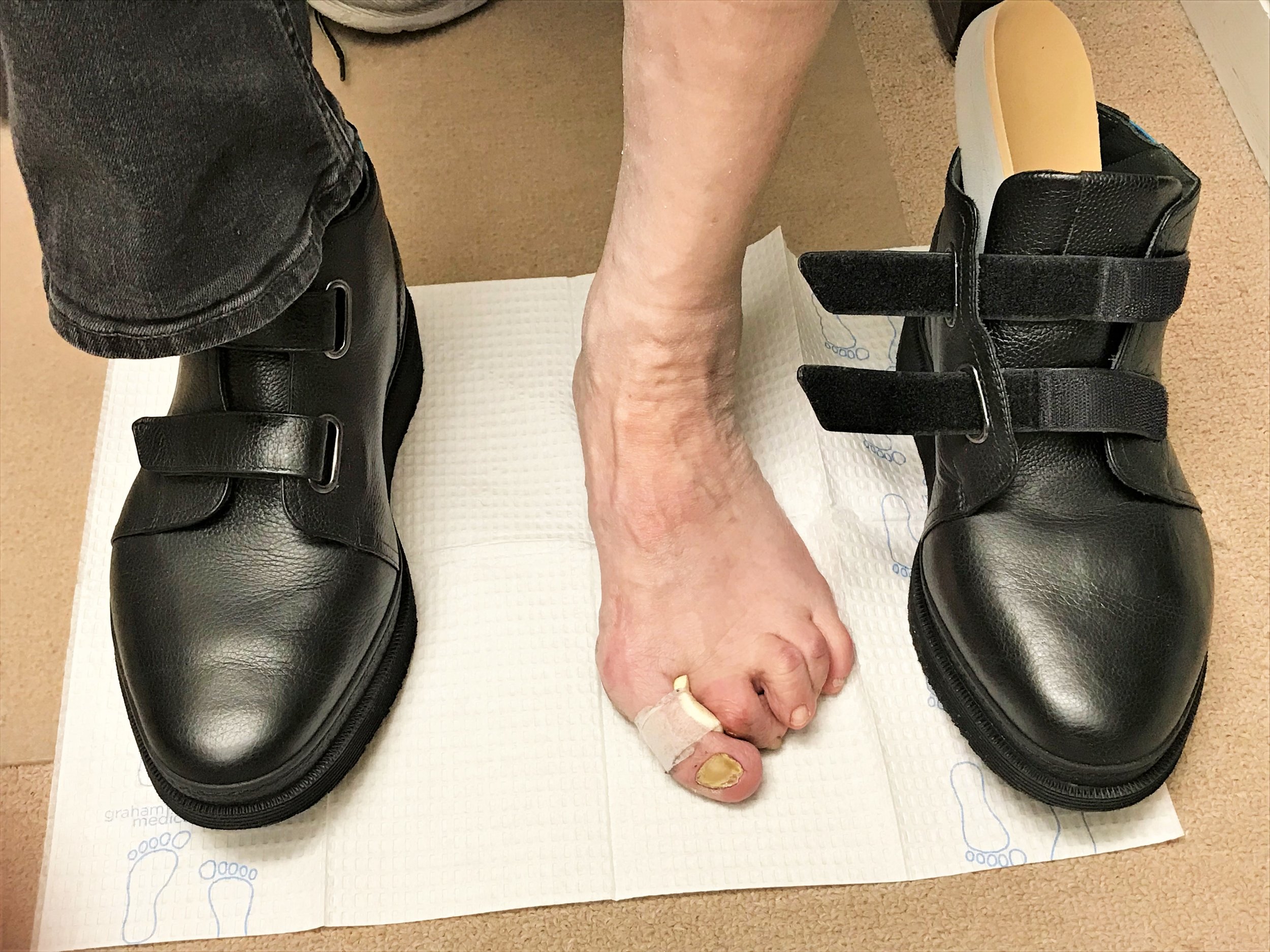
3. Flat Feet
Individuals with flat feet have little to no arch in their foot, leading to improper weight distribution and potential pain across the foot and lower leg.
4. High Arches
Conversely, high arches can lead to instability and discomfort during standing or walking, making the choice of footwear critical for those affected.
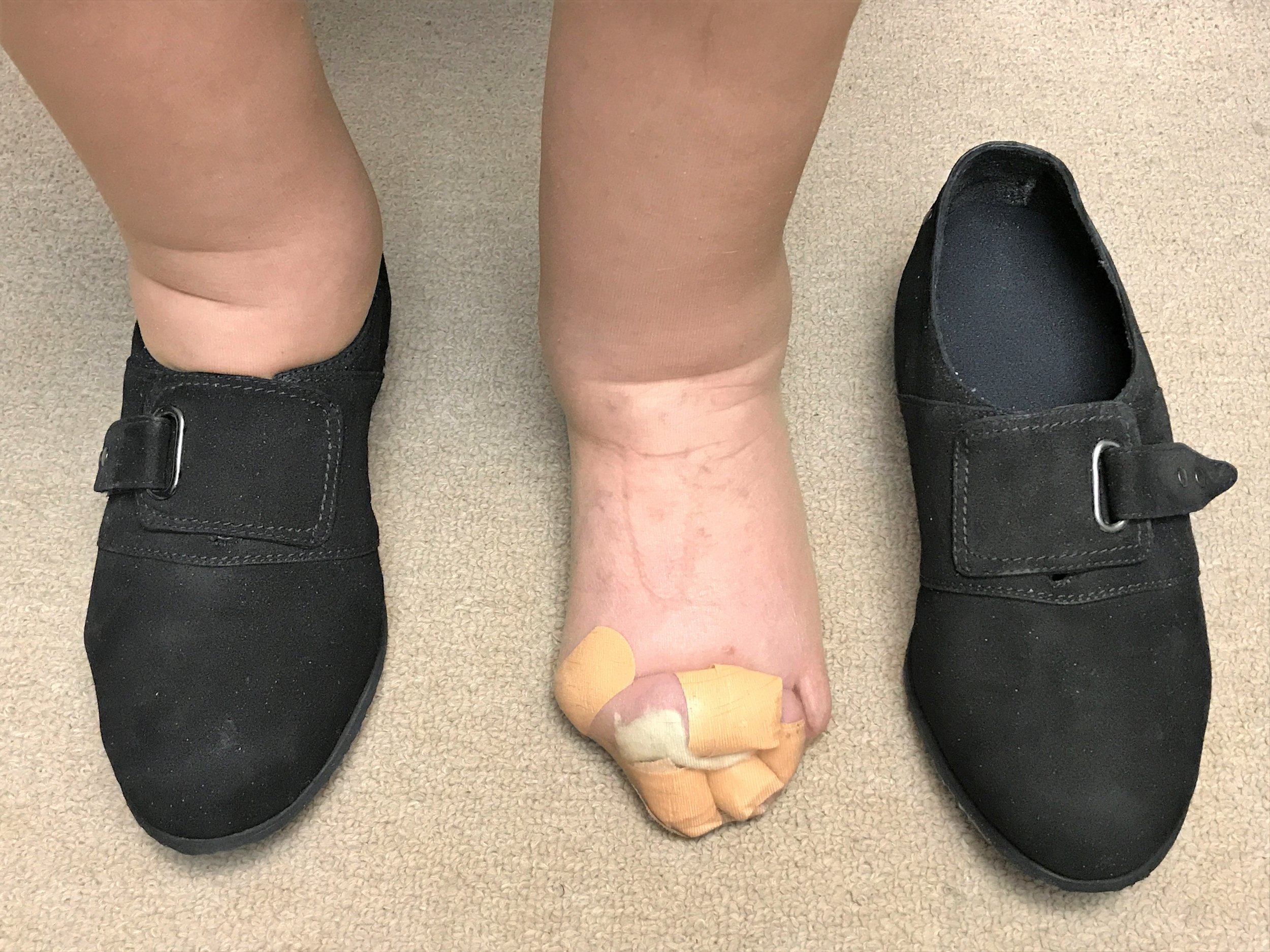
The Importance of Custom Made Shoes
Custom made shoes serve as an essential solution for people with these foot problems. Unlike mass-produced shoes, custom footwear provides a personalized fit, addressing specific issues associated with individual foot shapes and conditions.
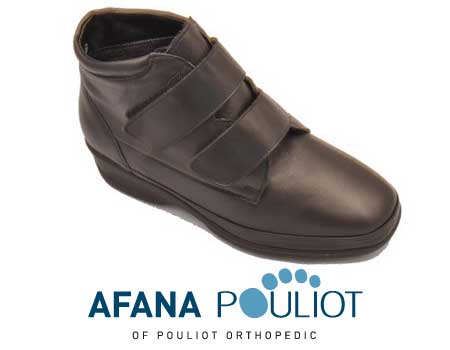
Benefits of Custom Made Shoes
- Tailored fit and support for individual foot anatomy
- Reduction in foot pain and discomfort
- Improved stability and balance
- Personalized design options
Methods for Creating Custom Made Shoes
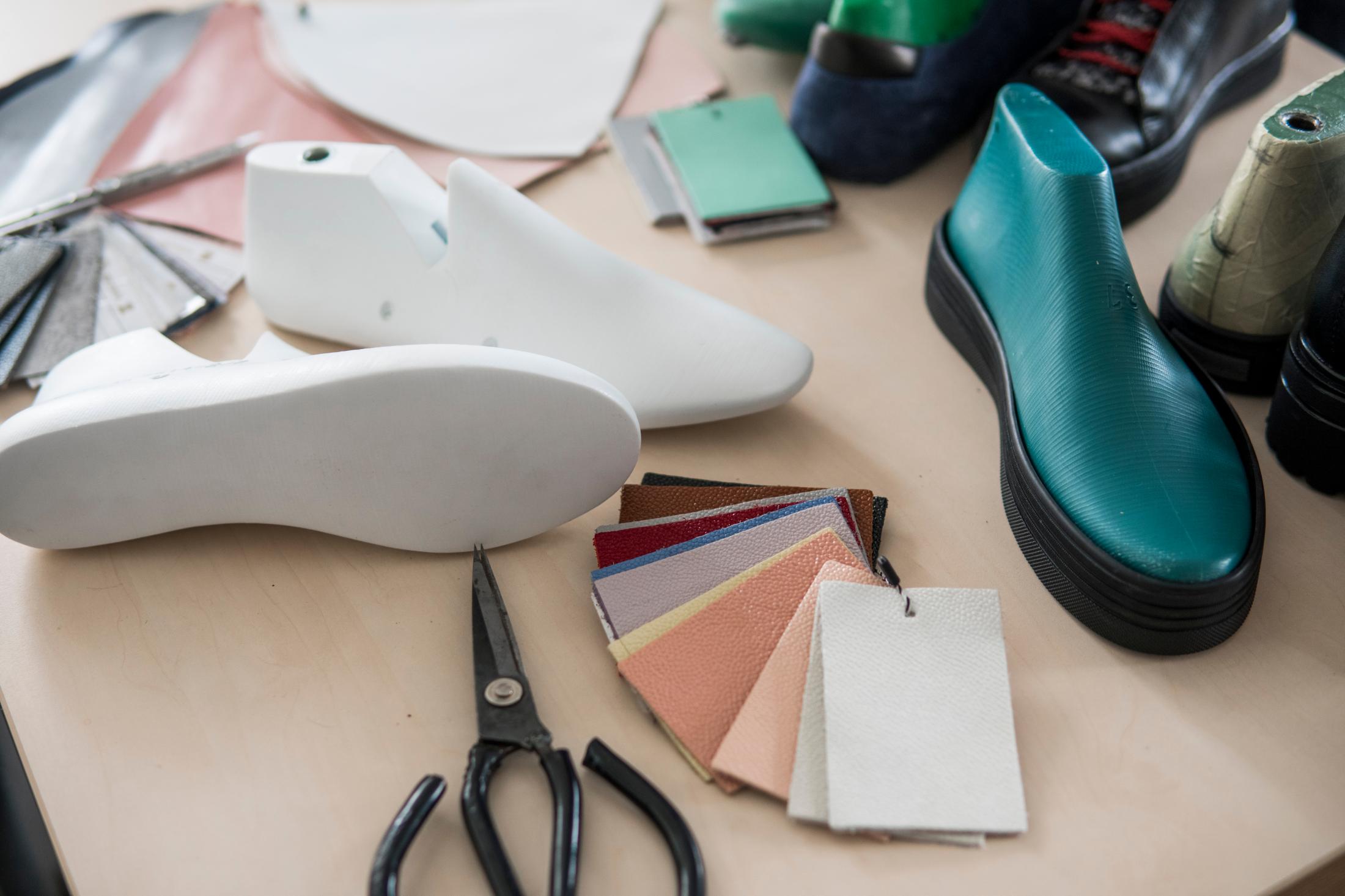
There are several approaches to obtaining custom made shoes, each with distinct processes and technologies. Let’s explore these methods in detail.
1. Traditional Shoemaking
Traditional shoemakers create custom shoes using age-old techniques, often involving a lengthy consultation process and handcrafting. This method is ideal for those who appreciate craftsmanship and personalization.

Pros and Cons of Traditional Shoemaking
| Pros | Cons |
|---|---|
| Highly personalized fit | Time-consuming process |
| Use of quality materials | Higher cost |
2. 3D Printing Technology
3D printing has revolutionized the way custom shoes are produced. Using scans of a person’s feet, manufacturers can create highly accurate shoe models that cater to specific needs.
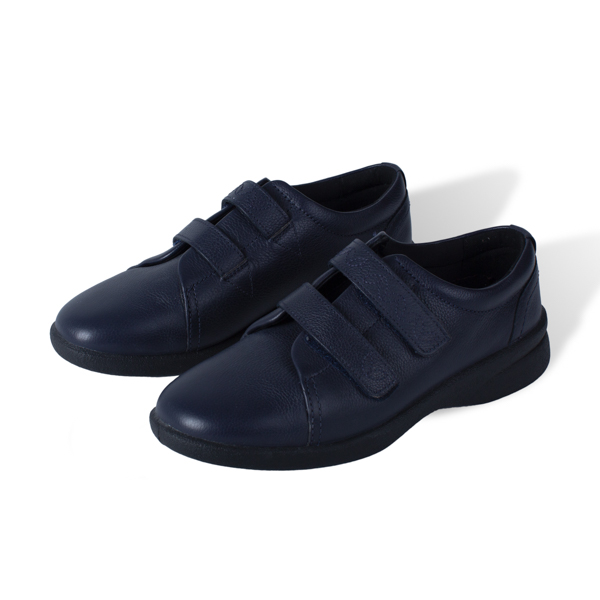
Pros and Cons of 3D Printed Shoes
| Pros | Cons |
|---|---|
| Rapid production time | Limited material options |
| Potential for intricate designs | Initial setup costs may be high |
3. Orthotic Inserts
While not shoes per se, custom orthotic inserts can transform standard footwear into supportive footwear tailored for problem feet. These inserts are specially designed to provide essential arch support and cushioning.
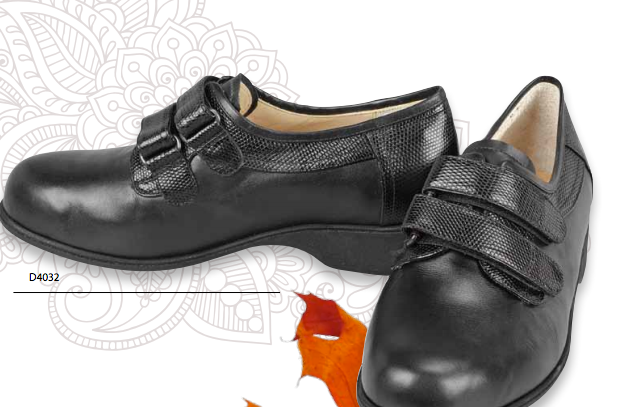
Pros and Cons of Orthotic Inserts
| Pros | Cons |
|---|---|
| Affordable compared to custom shoes | May not fit well in all shoe styles |
| Can be used with existing shoes | Some may require adjustment period |
Platforms and Services for Custom Shoe Solutions
Several companies and services in the USA specialize in creating custom shoes for problem feet. Below is a table summarizing some notable options.
| Company | Type of Service | Website |
|---|---|---|
| WalkFit | Custom Orthotic Inserts | walkfit.com |
| Thesis Footwear | 3D Printed Shoes | thesisfootwear.com |
| Custom Shoe Co. | Traditional Shoemaking | customshoeco.com |
Tips for Finding the Right Custom Shoes
Choosing the right custom shoes can be a daunting process. Here are some tips to help guide your decision:
1. Consult with a Specialist
Before making a purchase, consult with a podiatrist or footwear specialist who can assess your specific foot issues and recommend suitable options.
2. Take Accurate Measurements
Ensure that your feet are measured accurately to avoid any sizing issues in the final product. Consider both the length and width of your feet.
3. Consider Lifestyle Needs
Think about how you will be using the shoes. Are they for daily use, sports, or special occasions? This will influence your design and materials.
4. Test Before You Buy
If possible, try on samples or use virtual fitting services that allow you to visualize how the shoes will fit and feel.
Local Experiences: What People are Saying
In cities across the USA, individuals have shared their positive experiences with custom made shoes:
Case Study: New York City
In New York, many dancers and performers frequently encounter foot issues. Custom cobblers have become a staple in the city, providing tailored solutions that help artists stay on their feet.
Case Study: Los Angeles
In Los Angeles, residents often opt for 3D printed shoes for their unique style and fit. This innovative approach has garnered attention, making it a popular choice among sneaker enthusiasts.
FAQs about Custom Made Shoes for Problem Feet
1. How much do custom made shoes typically cost?
Prices for custom made shoes can vary widely depending on the method used and materials chosen. Traditional shoes may range from $300 to over $1,000, while orthotic inserts can be $50 to $200.
2. Are custom shoes covered by insurance?
Coverage varies by insurance plan. It’s recommended to check with your provider to determine if custom shoes or orthotics are eligible for reimbursement.
3. How long does it take to get custom made shoes?
Production times can vary. Traditional shoemaking may take 4-8 weeks, while 3D printed options can be ready in as little as a few days.
4. Can custom made shoes improve foot health?
Yes, custom shoes are designed to alleviate specific foot problems, improving overall comfort and reducing pain for many individuals.
Scientific Insights and Supporting Data
Several studies highlight the benefits of custom made shoes. For example, a research article published by the National Institutes of Health found a significant reduction in pain among participants who wore custom insoles compared to those with standard footwear.
Similarly, findings from a study in the Journal of Orthopedics concluded that custom shoes significantly improved balance and mobility in older adults, emphasizing their potential beyond mere comfort.
Conclusion
Custom made shoes for problem feet are more than just a luxury; they are a necessity for many experiencing discomfort or pain. By understanding the various options available and the importance of a proper fit, individuals can significantly enhance their quality of life. Whether opting for traditional craftsmanship or modern 3D printing, the right shoe can transform your daily experience.